El día 22 de octubre de 2020 no solo se rechazó en el Parlamento español la moción de censura contra el presidente del Gobierno, Pedro Sánchez, iniciativa del partido de ultraderecha VOX, sino que también se produjo un hecho lleno de significado: el aplauso cerrado en homenaje a la diputada gitana Beatriz Carrillo de los Reyes promovido por su compañera Adriana Lastra. La portavoz en el Congreso del partido en el Gobierno la mencionó expresamente en su discurso de respuesta a la moción de censura, dedicándole desde la tribuna un “arriba las gitanas” en lengua romaní. “Opre Roma” es un lema común de las organizaciones gitanas y romaníes de todo el mundo: remite a la capacidad de lucha y resistencia de un pueblo europeo históricamente perseguido, castigado por un prejuicio racial especialmente efectivo, del que el holocausto nazi fue la máxima expresión, pero no la única ni última manifestación.
Acaba de publicarse un nuevo resultado de nuestro proyecto de investigación BESTROM. Se trata del libro de María Sierra Holocausto gitano. El genocidio romaní bajo el nazismo. Se trata de un libro en español sobre el genocidio romaní motivado por el gran vacío que hay en el mundo de habla hispana de publicaciones sobre el tema, y está pensado para que los investigadores y el público en general reflexiones sobre esta carencia.
Como hemos contado en algunas entradas anteriores, nuestro proyecto nacional Historia de los Gitanos: Exclusión, Estereotipos y Ciudadanía ha sido la semilla de otro proyecto de más envergadura: el consorcio europeo BESTROM (Beyond stereotypes: Cultural Exchanges and the Romani Contribution to European Public Spaces), financiado por HERA y dirigido por María Sierra.
Los días 20 y 21 de mayo de este año se celebró en la Universidad de Barcelona el Coloquio “Los Contornos del Control”, organizado por el Departamento de Geografía y Sociología de la Universidad de Lleida y la revista GeoCrítica. El encuentro, coordinado por Pedro Fraile Pérez de Mendiguren y Quim Bonastra pretendía dar continuidad a una iniciativa que se remontaba, en colaboración con universidades canadienses, al año 2000 y que entonces se materializó en, además de intercambios productivos desde distintos ámbitos geográficos y disciplinas académicas, en un libro colectivo, Modelar para gobernar. El control de la población y el territorio en Europa y Canadá. Una perspectiva histórica (Universidad de Barcelona, 2001).
Los días 3 y 4 de Junio se ha celebrado en Bilbao el V Seminario Internacional Devenir hombre. Historia de las masculinidades, organizado por el grupo de investigación de la Universidad del País VAsco «Experiencia Moderna». Nerea Aresti, Javier Diez Freire, Miren LLona y Mercedes Arbaiza, están detrás de esta convocatoria que reunió a especialistas interesados en cómo el género se cruza con las emociones y otras claves explicativas en la conformación de las masculinidades normativas, hegemónicas, alternativas, subalternas… durante los siglos XIX y XX.
El Proyecto Historia de los gitanos estuvo presente a través de la participaciçon de María Sierra, que presentó una ponencia titulada «La figura del gitano y la construcción emocional de la virilidad burguesa: pasiones para una masculinidad subalterna». Esta intervención atiende a la construcción de la masculinidad asignada a los gitanos por parte de diversos observadores de la sociedad mayoritaria, entendiendo que es un espacio especialmente propicio para analizar la imbricación de los discursos sobre el género y las emociones propios de la modernidad occidental. Viajeros, estudiosos y artistas de fuera y dentro de España construyeron una representación de la virilidad gitana como una masculinidad subalterna -marcada por la barbarie y la falta de contención-, empleando preferentemente el lenguaje de las emociones, a la vez que asignando emociones supuestamente naturales al “otro” gitano por contraste con las emociones consideradas civilizadas.
Mañana, día 23 de Mayo de 2019 celebramos el IV Taller de nuestro proyecto de investigación. La reunión tendrá lugar en la Facultad de Geografía e Historia de la Universidad de Sevilla (Sala de Juntas), a las 12 de la mañana. En esta ocasión, tenemos la oportunidad de escuchar a Massimo Aresu, investigador de la Universidad de Leeds que está desarrollando un interesante proyecto apoyado por una ayuda Marie Curie. Massimo Aresu, buen conocedor de la historia moderna del pueblo gitano en Italia, se ha planteado un proyecto de historia comparada del pueblo gitano durante los siglos XVI, XVII y principios del XVIII. Aprovechando el marco político del imperio español, se plantea estudiar la vida de las comunidades gitanas de Cerdeña, Sicilia y Andalucía durante este largo periodo con el objeto de someter a crítica las visiones acuñadas sobre nomadismo, segregación y otras representaciones historiográficas habituales sobre el pueblo romaní. Su revisión crítica no se basa solo en la relectura de la bibliografía existente sino que, especialmente, le está llevando a una intensa labor de localización de fuentes en archivos de Italia y España.



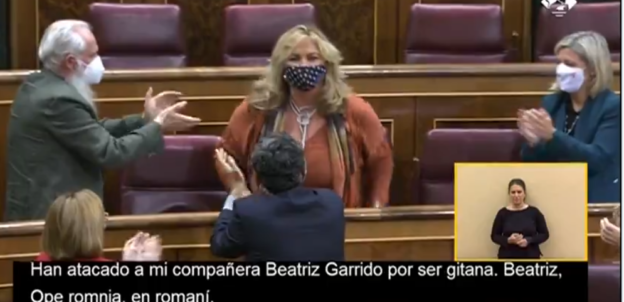
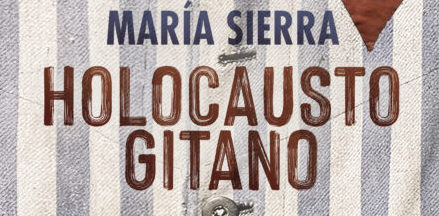
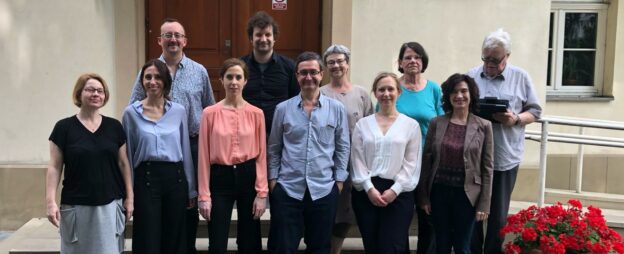


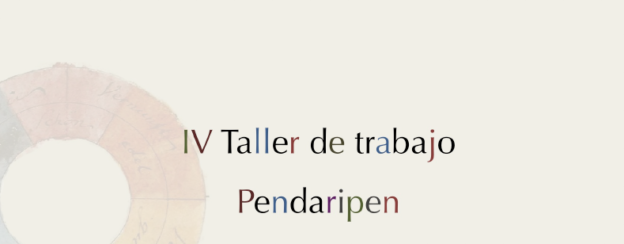

 Créditos fotográficos: el blog emplea sin ánimo de lucro imágenes libres de derecho de autor, imágenes cuyos autores no han podido ser localizados e imágenes indispensables para sostener los argumentos científicos de los distintos artículos. Si alguien desea hacer constar derechos sobre imágenes, puede escribir a la dirección
Créditos fotográficos: el blog emplea sin ánimo de lucro imágenes libres de derecho de autor, imágenes cuyos autores no han podido ser localizados e imágenes indispensables para sostener los argumentos científicos de los distintos artículos. Si alguien desea hacer constar derechos sobre imágenes, puede escribir a la dirección